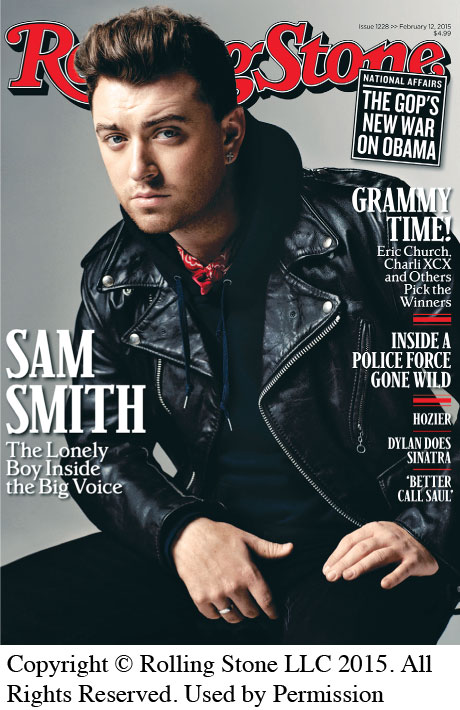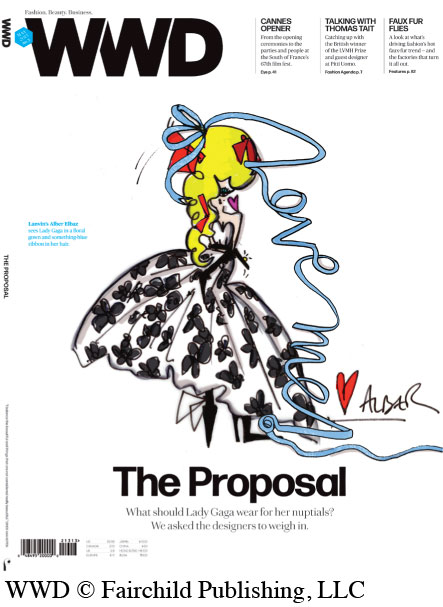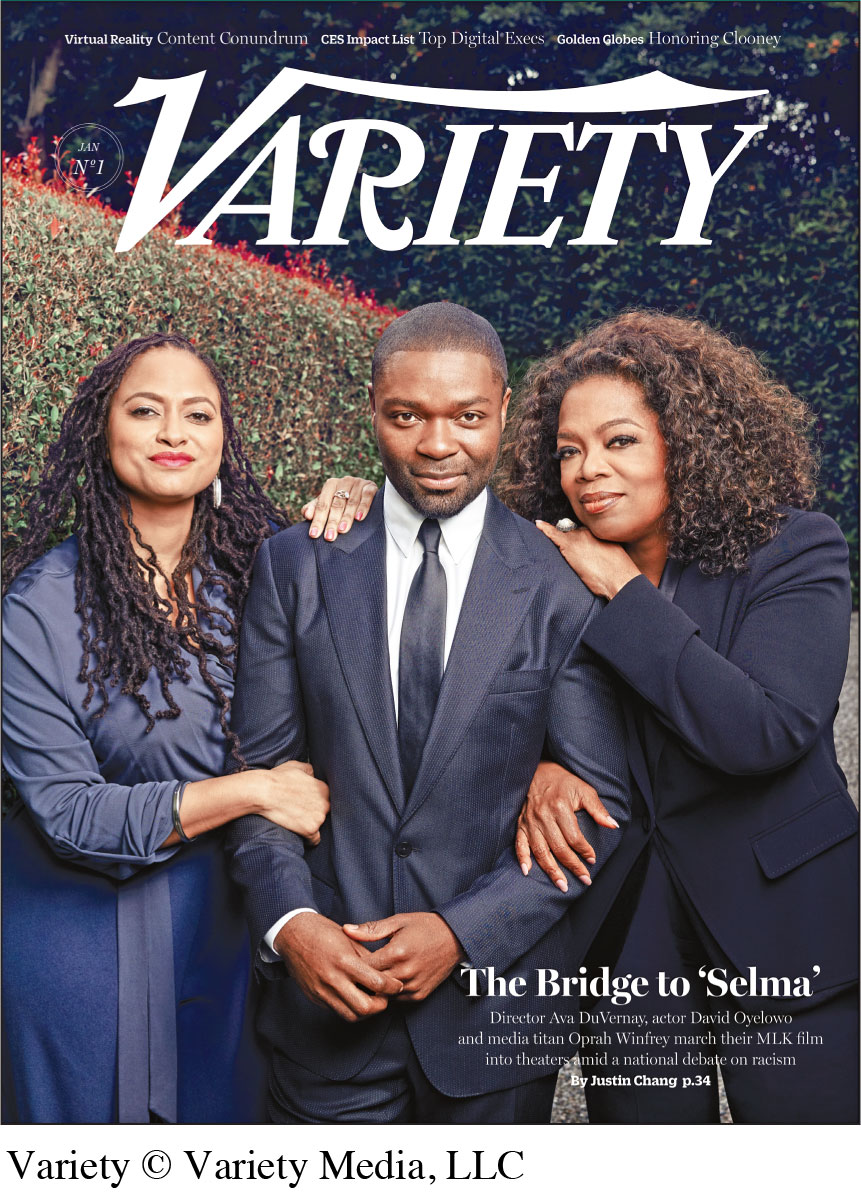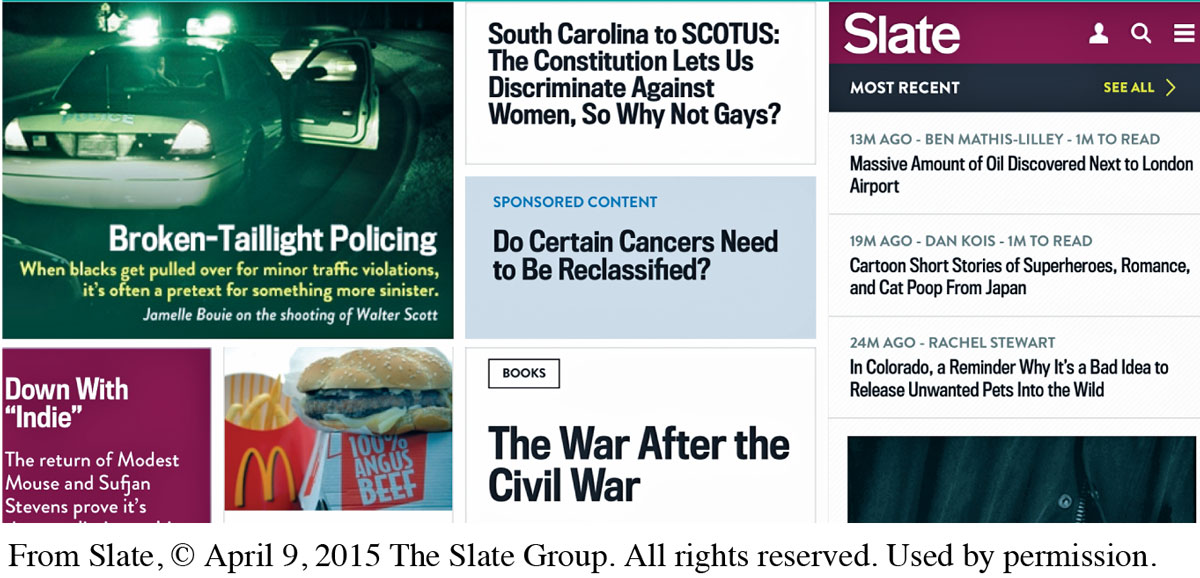Types of Magazines: Domination of Specialization
As television has commanded more of Americans’ attention, magazines have had to switch tactics to remain viable. General-interest publications have given way to highly specialized magazines appealing to narrower audiences that can be guaranteed to advertisers seeking to tap into niche markets. These narrow groups of readers might be defined by profession (CIO, Progressive Grocer), lifestyle (Dakota Farmer, Game Informer), gender (Men’s Health, Woman’s Day), age (AARP The Magazine, Highlights for Children), or ethnic group (Ebony, Latina). There are even specialty magazines appealing to fans of specific interests and hobbies—such as hand-spinning, private piloting, antique gun restoration, and poetry. These niche markets can be categorized in a few broader areas of specialization.
Men’s and Women’s Magazines
One way the magazine industry competed with television was to reach niche audiences who were not being served by TV, including those interested in sexually explicit subject matter. Playboy, started in 1953 by Hugh Hefner, was the first magazine to address this audience by emphasizing previously taboo topics and featuring pornographic photos. But newer men’s magazines have broadened their focus to include health (Men’s Health) and lifestyle (Details and Maxim) in addition to titillating photos and stories.
Women’s magazines had long demonstrated that targeting readers by gender was highly effective. Yet as the magazine industry grew more specialized, publishers stepped up their efforts to capture even more of this enormous market. Better Homes and Gardens, Good Housekeeping, Ladies’ Home Journal, and Woman’s Day focused on cultivating the image of women as homemakers and consumers in the conservative 1950s and early 1960s. As the women’s movement advanced in the late 1960s and into the 1970s, such magazines began including articles on sexuality, careers, and politics—topics magazine editors previously associated primarily with men.

macmillanhighered.com/mediaessentials3e

Magazine Specialization Today
Editors discuss motivations for magazine specialization and how the Internet is changing the industry.
Discussion: How have the types of magazines you read changed over the past ten years? Have their formats changed, too?
Entertainment, Leisure, and Sports Magazines
The television age spawned not only TV Guide but also a number of specialized entertainment, leisure, and sports magazines. Executives have developed multiple magazines for fans of everything from soap operas, running, tennis, golf, and hunting, to quilting, antiquing, surfing, and gaming. Within categories, magazines specialize further, targeting older or younger runners, men or women golfers, duck hunters or bird-watchers, and midwestern or southern antique collectors.
127



The most popular sports and leisure magazine is Sports Illustrated, which took its name from a failed 1935 publication. Launched in 1954 by Henry Luce’s Time Inc., Sports Illustrated’s circulation held fairly steady in 2014 at about three million. It is now the most successful general sports magazine in history.
Another popular magazine type that fits loosely into this category comprises magazines devoted to music—everything from the Source (hip-hop) to Country Weekly. The all-time circulation champ in this category is Rolling Stone, begun in 1967. Once considered an alternative magazine, by 1982 Rolling Stone had become mainstream, with a circulation approaching 800,000. By 2014, that number had expanded to more than 1.4 million.
National Geographic is another successful publication in this category. Founded in 1888, it promoted “humanized geography” and began featuring color photography in 1910. National Geographic’s circulation reached one million in 1935 and ten million in the 1970s. Beginning in the late 1990s, its circulation of paid subscriptions began sliding, down to four million in 2014 (with an additional three million in international distribution). Still, many of National Geographic’s televised specials on nature and culture, which began airing back in 1965, rank among the most popular programs in the history of public TV.
Age-Specific Magazines
128
Magazines have sliced their target markets even more finely by appealing to ever-narrower age groups often ignored by mainstream television. For example, magazines such as Boys’ Life (the Boy Scouts’ national publication since 1912), Highlights for Children, and Ranger Rick have successfully targeted preschool and elementary-school children. The ad-free and subscription-only Highlights for Children topped the children’s magazine category in 2014, with a circulation of more than two million.
Leading female teen magazines have also shown substantial growth; the top magazine for thirteen- to nineteen-year-olds is Seventeen, with a circulation of two million in 2014.
Maxim, launched in 1997, targeted young men in their twenties and was one of the fastest-growing magazines of the late 1990s. Its covers boast the magazine’s obsession with “sex, sports, beer, gadgets, clothes, fitness.” But by 2010, the “lad fad” had worn off; ad revenues declined, although Maxim still had about 2.5 million subscribers.
Magazines that have had the most success with targeting audiences by age have set their sights on readers over fifty, America’s fastest-growing age demographic. These publications have tried to meet the interests of older Americans, whom mainstream culture has historically ignored. By 2014, AARP The Magazine—established in 1958 as Modern Maturity—had a circulation of more than 22 million, far surpassing that of any other magazine besides its sister publication, AARP Bulletin, which has nearly as many subscribers. AARP The Magazine articles cover a range of topics related to lifestyle, travel, money, health, and entertainment, such as the effects of Viagra on relationships, secrets for spectacular vacations, and how playing poker can sharpen your mind (see Table 4.1).
Elite Magazines
Although they had long existed, elite magazines gained popularity as magazines began specializing. Elite magazines are characterized by their combination of literature, criticism, humor, and journalism and by their appeal to highly educated audiences, often living in urban areas. The most widely circulated elite magazine is the New Yorker. Launched in 1925 by Harold Ross, the New Yorker became the first city magazine aimed at a national upscale audience. Over the years, it featured many prominent biographers, writers, reporters, and humorists and introduced some of the finest literary journalism of the century. By the mid-1960s, the New Yorker’s circulation hovered around 500,000; by 2014, it stood at one million print-version subscribers.
Minority Magazines
129
Minority-targeted magazines, like newspapers, have existed since before the Civil War. One of the most influential early African American magazines, the Crisis, was founded by W. E. B. Du Bois in 1910 and is the official magazine of the National Association for the Advancement of Colored People (NAACP).

Since then, the major magazine publisher for African Americans has been John H. Johnson, a former Chicago insurance salesman. Johnson started Negro Digest in 1942, Ebony in 1945 (a picture-text magazine modeled on Life but serving black readers), and Jet in 1951 (Jet announced in 2014 it would switch to a digital-only format). Essence, the first major magazine geared toward African American women, debuted in 1969, and by 2014 had a circulation of more than one million.
Other magazines have served additional minority groups. For example, the Advocate, founded in 1967 as a twelve-page newsletter, was the first major magazine to address issues of interest to gay men and lesbians. Since its founding, it has published some of the best journalism on topics not covered by the mainstream press.
Magazines appealing to Spanish-speaking readers have proliferated since the 1980s, reflecting the growth of Hispanic populations in the United States. Today, People en Español, Latina, and Vanidades rank as the top three Hispanic magazines by ad revenue.
Although national magazines aimed at other minority groups were slow to arrive, there are now magazines targeting virtually every race, culture, and ethnicity, including Asian Week, Native Peoples, and Tikkun (published for Jewish readers).
Trade Magazines
Trade and professional magazines represent one of the most stable segments in the magazine industry. Trade publications—specialty magazines aimed at narrowly defined audiences—supply news; spot trends; share data; and disseminate expert insights relevant to specific manufacturing trades, professional fields, and business sectors. The trade press includes such diverse magazines as Organic Matters for organic farmers, Packaging Machinery Technology for packaging engineers, and Coach and Bus Week. Media industries, too, have relied on trade magazines like Advertising Age and Variety. In addition to narrowly targeted advertising content, trade publications provide an invaluable venue for job notices related to the specific field. The health of the trade press is evident in findings of a media usage study conducted by Readex Research and released in October 2011. According to the study, when professionals were asked which media they used regularly in their work, print trade magazines came in second (tied with e-newsletters) at 74 percent. Only search engines ranked higher.4
130

Alternative Magazines
About ninety of the almost twenty thousand American magazines now in existence reach circulations of one million or more. This means that most magazines serve relatively small groups of readers. Of these, many are alternative magazines. However, what constitutes an alternative magazine has broadened over time to include just about any publication considered “outside the mainstream,” ranging from environmental magazines to alternative lifestyle magazines to punk zines—the magazine world’s answer to punk rock. (Zines, pronounced “zeens,” is a term used to describe self-published magazines.) Numerous alternative magazines have defined themselves in terms of politics—published either by the Left (the Progressive, In These Times, the Nation) or by the Right (the National Review, American Spectator, Insight). Though their circulations may be relatively small, they often exert significant influence on politics by stimulating public debate and affecting citizens’ political choices.
Supermarket Tabloids
With headlines like “Angelina Walks in on Brad & Jen,” “Extraterrestrials Follow the Teachings of Oprah Winfrey,” and “Al-Qaeda Breeding Killer Mosquitoes,” supermarket tabloids push the limits of credibility. Although they are published on newsprint, the Audit Bureau of Circulations—which checks newspaper and magazine circulation figures to determine advertising rates—counts weekly tabloids as magazines. Tabloids have their historical roots in newspapers’ use of graphics and pictorial layouts in the 1860s and 1870s. But the modern U.S. tabloid began with the founding of the National Enquirer by William Randolph Hearst in 1926. Its popularity inspired the founding of other tabloids, like Globe (1954) and Star (1974), as well as the adoption of a tabloid style by some general-interest magazines, such as People and Us Weekly. Today, tabloid magazine sales are down from their peak in the 1980s. One of the more far-fetched of these supermarket tabloids, Weekly World News, ended its print version in 2007 but still exists online.
131
Online Magazines
With widespread high-speed Internet access, Wi-Fi systems, and a variety of phones, tablets, and e-readers available to consumers, the magazine industry increasingly relies on the Internet to connect with its niche audiences. For example, between 2010 and 2012, the number of U.S. consumer magazine iPad apps grew from 98 to 2,234.5 Some magazines are now published in both print and online versions, whereas others moved to an online-only format after their print version ended. Still other magazines—Webzines—started up online and have remained there. Respected Webzines include Slate and Salon (which claims 17.6 million monthly unique visitors). These online-only publications have made the Web a legitimate arena for reporting breaking news and encouraging public debate about culture and politics. In some cases, what’s old is new again in online magazine publishing. The publishing model of the popular Huffington Post, with its heavy reliance on sharing and abridging stories and essays from other sources, combined with content produced by HuffPo staff covering a broad number of topics, is reminiscent of the approach of the Saturday Evening Post a century ago.
At first observers viewed the Internet as the death knell for print magazines, but now the industry embraces it. Numerous magazines that have moved online now carry blogs, original video and audio podcasts, social networking features, and other interactive components that could never work in print. For example, the online version of Popular Mechanics offers interactive 3-D models for do-it-yourself projects, such as constructing a piece of furniture by examining joints and parts from every angle.

132

macmillanhighered.com/mediaessentials3e

Narrowcasting in Magazines
Magazine editors explain the benefits and consequences of narrowcasting.
Discussion: Think of magazines that might be considered a good example of narrowcasting. What makes them a good example, and would you consider them successful? Why or why not?
In fact, new print magazines often publish with brand-extending synergies in mind. In 1998, for example, cable network ESPN launched ESPN The Magazine. The brand familiarity helped the new print periodical find readers in a segment already crowded with Sports Illustrated, the Sporting News, and dozens of niche sports publications. The magazine also drives cross-promotion of ESPN’s growing business empire, including its cable channels, ESPN radio, the ESPN Web site, ESPN Zone restaurants, and the X Games. As magazines create apps for smartphones and tablets, editorial content will be even more tightly woven with advertising. Readers can now, for example, read Entertainment Weekly’s music recommendations on their devices and then click through to buy the song or album mentioned. The publication gets a cut of the sale, and the reader gets music almost instantly.
As more publications migrate over to digital and mobile platforms, these partnerships have become more important than ever, as have the brand identities of the magazines themselves. With so many magazines appearing in a variety of formats, publishers want to create the sense that names like ESPN, Cosmopolitan, and Entertainment Weekly can be trusted across the entire media landscape.